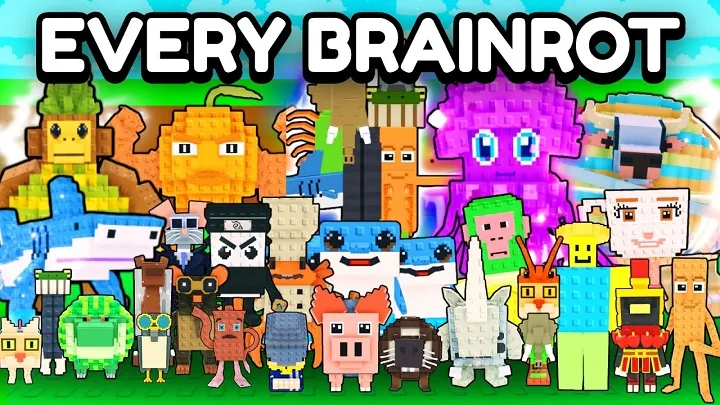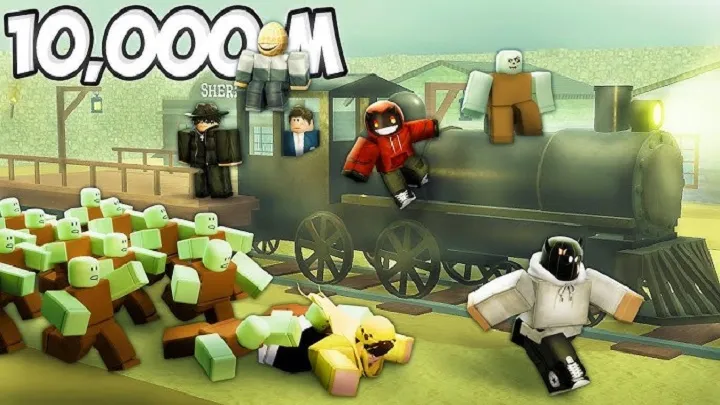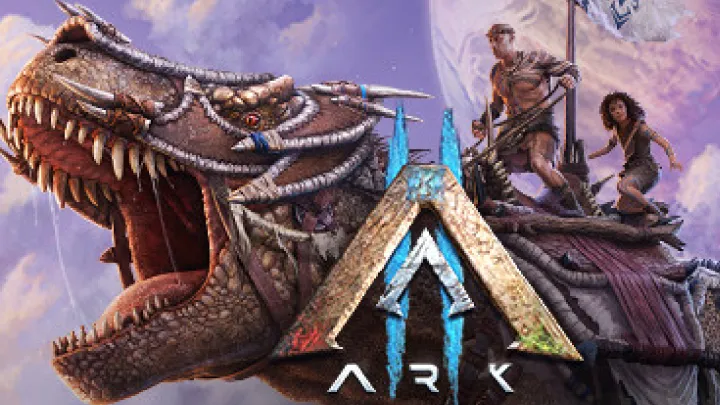BeamNG.drive is more than just a driving simulator—it is a highly advanced physics engine wrapped in a sandbox experience. What separates it from traditional racing or simulation games is its meticulous attention to the physics of destruction and vehicle dynamics. Instead of focusing solely on speed or competitive races, the game thrives on realism, replicating how vehicles bend, break, deform, and react to forces in ways no other game does. This article will deeply examine the role of vehicle dynamics in shaping BeamNG.drive, structured through a timeline of its evolution, highlighting how physics, experimentation, and player creativity define its essence.
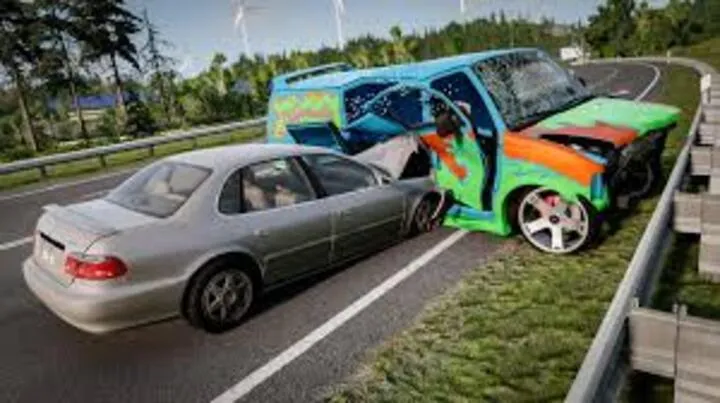
The Foundation of BeamNG.drive’s Physics Model
From its earliest builds, BeamNG.drive positioned itself differently from other vehicle simulators. While games like Forza or Gran Turismo concentrated on visual realism and handling models, BeamNG focused on soft-body physics. This meant that cars were not just static shells with scripted damage models but fully simulated 3D meshes with nodes and beams representing physical stress points. Each collision calculated forces dynamically, producing unique results every time.
The introduction of soft-body physics as the backbone of gameplay meant BeamNG.drive would not only attract driving enthusiasts but also players fascinated by mechanics, engineering, and destruction. The foundation was not speed or racing—it was the vehicle itself as a living, reactive system.
The Early Experiments with Vehicle Deformation
In its first iterations, deformation was crude but revolutionary. Players could watch vehicles crumple in ways they had never seen in gaming before. Unlike standard crash animations, no two crashes looked the same. A 40 mph head-on collision produced vastly different results compared to a 45-degree side impact.
Developers refined these models through incremental updates, creating deformation that mirrored real-world crash testing. The goal was not spectacle but authenticity. This stage was crucial in making BeamNG a reference point for realistic destruction simulations.
The Role of Weight Distribution in Dynamics
One of the most overlooked but significant aspects of BeamNG’s realism is weight distribution. Each vehicle behaves according to its mass, axle placement, and center of gravity. For instance, a lightweight hatchback skids and flips differently than a heavy-duty truck.
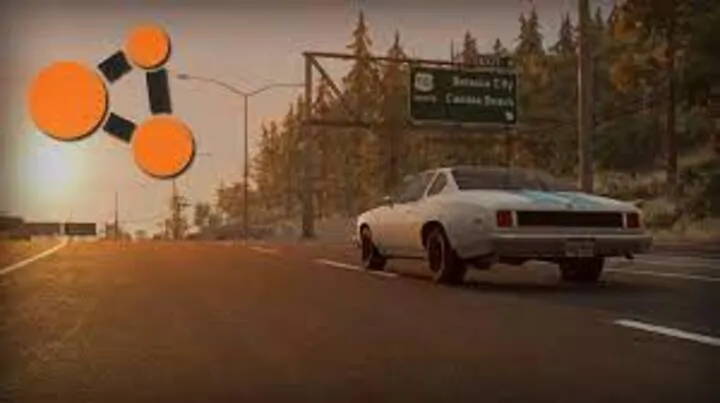
The developers took care to ensure that these weight differences affected handling, acceleration, and stability. A poorly balanced car might fishtail during sharp turns, while a front-heavy truck risks nose-diving during sudden stops. This deepened the complexity of driving and ensured that physics was not limited to crashes but defined every second of gameplay.
Terrain Interaction and Vehicle Performance
BeamNG’s environments were not just backdrops—they were active participants in vehicle dynamics. Gravel, asphalt, mud, and water all influenced how a car handled. A vehicle driving smoothly on a highway would struggle on muddy terrain, spinning its wheels and digging trenches.
This level of interaction meant that physics extended beyond the car to encompass the world itself. Players quickly realized that the same car could behave like two entirely different machines depending on its environment.
The Evolution of Suspension Systems
Suspension became a central aspect of BeamNG.drive’s identity. Unlike many games where suspension is a visual detail, BeamNG made it functional. Springs compressed, shocks absorbed impact, and poorly tuned setups led to instability.
The simulation of suspension gave players opportunities for experimentation. Off-road vehicles with lifted suspensions performed differently from low-riding sports cars, and players had to adjust setups depending on their goals—whether it was racing, stunts, or destruction.
Crashes as Data, Not Just Spectacle
BeamNG’s approach to crashes wasn’t about showing exaggerated explosions or visual drama. Instead, each collision became data—a study of force, impact, and mechanical failure. The game developed a reputation for being useful in engineering discussions, with enthusiasts comparing its outcomes to real-world crash test results.
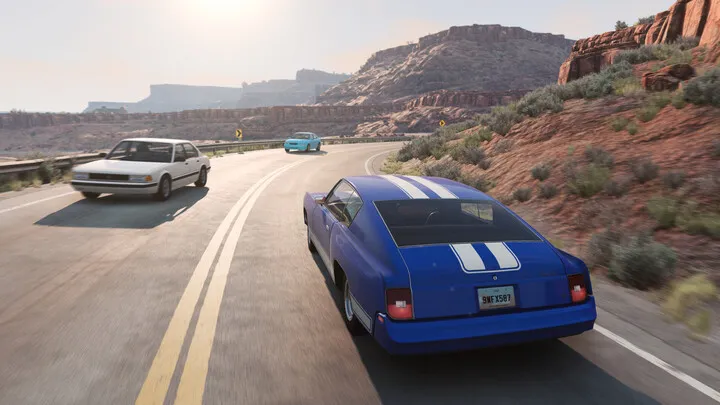
This seriousness distinguished BeamNG from arcade-style destruction games. The crashes were not cinematic—they were scientific. Players who appreciated authenticity found themselves immersed in what felt like controlled experiments rather than scripted gameplay.
The Rise of Player-Created Scenarios
BeamNG’s physics opened doors for community-driven creativity. Players created scenarios to test vehicle dynamics in extreme conditions: bridge collapses, steep mountain roads, or chain-reaction pileups. Each test became a playground for studying the limits of physics.
The community expanded the concept of vehicle dynamics beyond what the developers initially envisioned. Mods added new cars, maps, and even mechanical systems that stretched the engine further. What began as a niche simulator grew into a sandbox ecosystem powered by creativity.
Real-World Comparisons and Educational Value
BeamNG.drive has been referenced in discussions about its educational value. Physics teachers, engineers, and even automotive enthusiasts found the game a tool for demonstrating concepts of inertia, momentum, and mechanical stress.
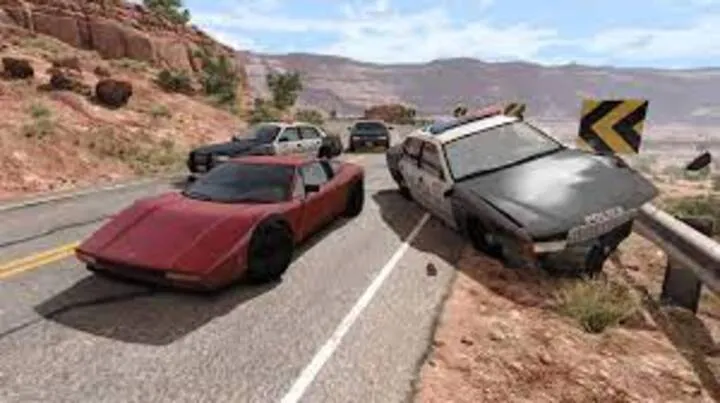
Its realism allowed comparisons with real-world crash tests, showing how close the soft-body model could replicate reality. Unlike other games, BeamNG was not just entertainment—it became a learning platform.
The Future of Vehicle Dynamics in BeamNG.drive
As BeamNG continues to evolve, its focus on dynamics remains central. Future improvements aim at refining materials, expanding environmental interaction, and incorporating even more advanced suspension and aerodynamics.
Looking ahead, the challenge for developers is balancing simulation fidelity with accessibility. While enthusiasts thrive on complexity, casual players need approachable systems. The future of BeamNG lies in retaining its simulation core while expanding its sandbox appeal.
Conclusion
BeamNG.drive is not defined by its visuals, maps, or even vehicles. It is defined by the physics of destruction and vehicle dynamics that underpin every interaction. From the foundational soft-body models to the evolution of suspension, weight distribution, and terrain interaction, BeamNG has carved its identity as the most authentic vehicle simulator to date.
Players are not just drivers in BeamNG—they are engineers, experimenters, and crash testers. The game blurs the line between entertainment and science, offering an experience unmatched in its depth and realism.















